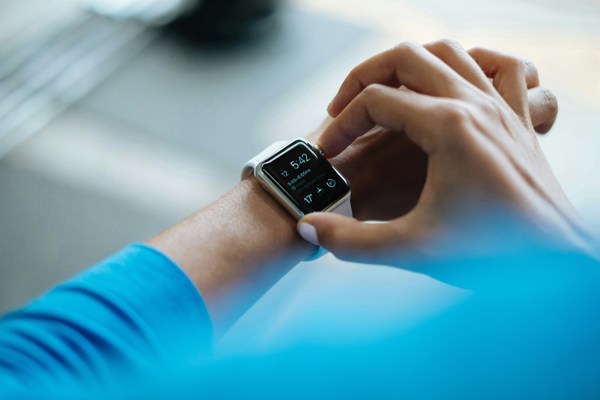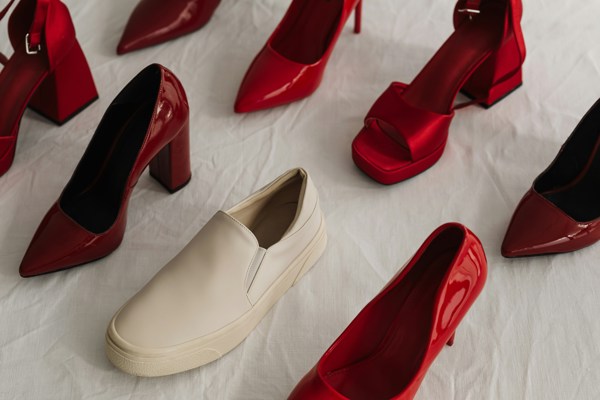Background
In 2023, influencer Sydney Nicole Gifford sued fellow content creator Alyssa Sheil in U.S. Federal Court, alleging that Sheil had copied the signature look and feel of her content. Known for her minimalist "neutral, beige, and cream" aesthetic, Gifford claimed that Sheil reproduced her visual identity, including poses, styling, captions and tone of voice, in a way that misled followers and diverted income from her affiliate sales and sought damages of $30,000 to $150,000.
Gifford’s claims were wide-ranging: copyright infringement, trade dress violation, misappropriation of likeness and even a Digital Millennium Copyright Act (DMCA) violation. At its core, the case asked: can an influencer’s style or "vibe" be legally protected?
From a legal standpoint, the case was both novel and revealing. Some of Gifford’s claims were quickly dismissed. U.S. copyright law protects original expressions, not general ideas or aesthetics, making it difficult to claim ownership over a colour palette. Similarly, misappropriation of likeness is traditionally reserved for clear, direct use of someone’s name, face or image, not for stylistic impersonations.
However, the court allowed other aspects of the case to move forward, notably those involving trade dress and the DMCA. Trade dress, typically used in product branding, can apply to the overall "look and feel" of something when that look has become strongly associated with a particular source. Gifford argued that her content presentation had effectively become her digital trademark, and Sheil’s replication of it created confusion in the marketplace of attention and monetisation.
The DMCA angle related to whether the removal of copyright management information or metadata in reposted content could constitute a violation, a claim with more legal footing, particularly when content reuse is involved.
Key takeaways for influencers and brands
For influencers, this case is a reminder that your content is not just creative, it is valuable Intellectual Property (IP). If you have spent time building a recognisable look, tone, or aesthetic, it is worth considering how to protect it. Whilst you can’t copyright a "vibe", you can protect specific content like your photos, captions, brand name and logos. Consider registering your IP, and make sure any partnerships clearly spell out who owns what.
From a brand perspective, this case signals the importance of ensuring contracts with influencers secure the right to use the content produced to the extent that is desired, and, importantly, providing for how disputes can be resolved should they arise. As influencer marketing becomes more strategic, contracts need to cover rights to use content, define ownership, and outline what happens if there’s ever a dispute. A strong agreement protects everyone and keeps campaigns running smoothly.
Ultimately, Gifford v Sheil demonstrates that while "vibes" may not be protectable, deliberate and consistent expressions of style can be. As the creator economy matures, the lines between art, brand and law continue to blur, and knowing where those lines are drawn could be the difference between effective partnerships and litigation.


